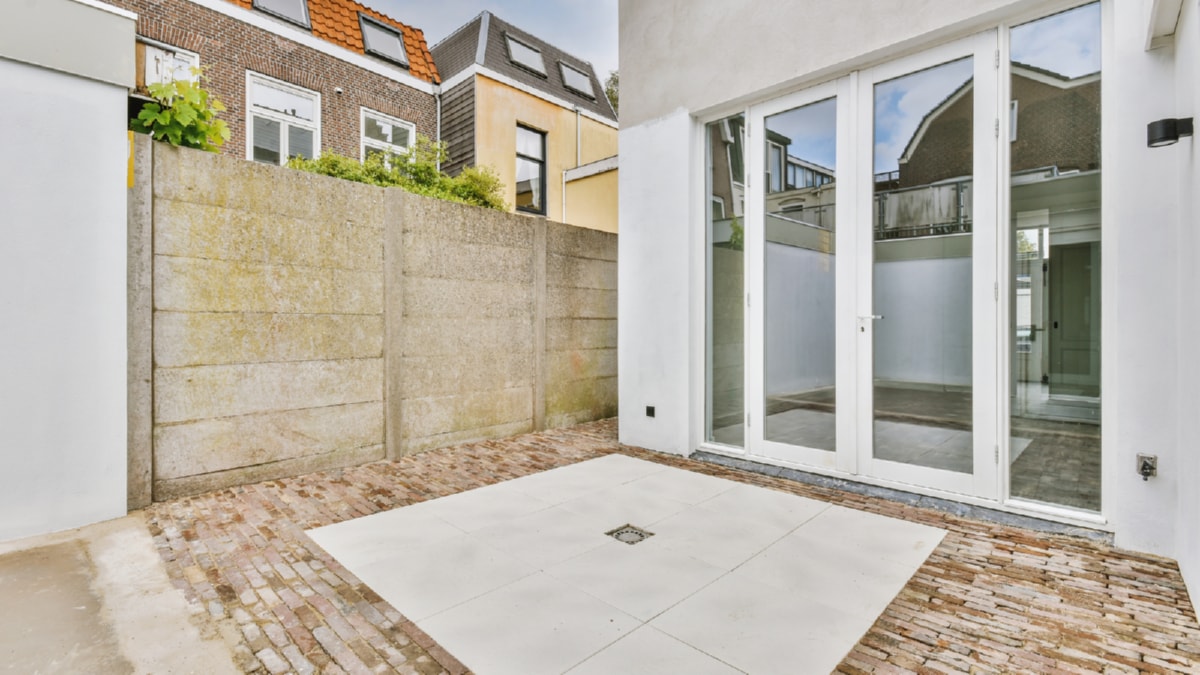In the ever-evolving world of construction, modern methods are rapidly becoming the norm. These new approaches not only improve the efficiency of building projects but also contribute to more sustainable and eco-friendly construction. This article will explore some of these modern methods and how they are shaping the future of construction.
One of the most significant developments in the construction industry is the use of pre-assembled modules. These are sections of a building that are manufactured and assembled off-site, then transported to the construction site for installation. The advantages of this approach are manifold: it reduces construction time, minimizes waste, and allows for more precise quality control. However, prefabricated construction also has its drawbacks. For instance, it requires a significant upfront investment and may not be suitable for all types of construction projects due to limitations in design flexibility.
Another revolutionary approach in modern construction is the use of Building Information Modeling (BIM). BIM is a digital representation of the physical and functional characteristics of a building, allowing all stakeholders to have a shared knowledge resource. This not only improves communication and collaboration among team members but also allows for better planning and management of resources, thus contributing to more sustainable construction.
In addition to these techniques, there is a growing trend towards green construction. This involves the use of environmentally-friendly materials, such as recycled materials, renewable energy sources, and energy-efficient appliances. The benefits of green construction are not only environmental but also economic, as it can result in lower energy bills and increased property value. However, this approach also involves higher initial costs and requires careful planning and design to achieve the desired performance.
When it comes to home renovation, understanding the basics is crucial. This includes knowing the purpose of the renovation, setting a realistic budget, and hiring a reliable contractor. It’s also important to be aware of the potential challenges, such as unforeseen structural issues, delays, and cost overruns. Proper preparation can help mitigate these risks and ensure a successful renovation project.
In conclusion, the future of construction lies in the adoption of innovative techniques that not only improve efficiency but also contribute to sustainability. Whether it’s prefabricated construction, BIM, or green building, these approaches are shaping the way we build and renovate our homes. However, it’s important to understand the advantages and disadvantages of each method and to consider them carefully in the planning and design process. With the right approach, we can build homes that are not only beautiful and functional but also sustainable and eco-friendly.
.
For more details, check best interlocking services Toronto or visit their business listing here.



